Chatsworth House, Derbyshire
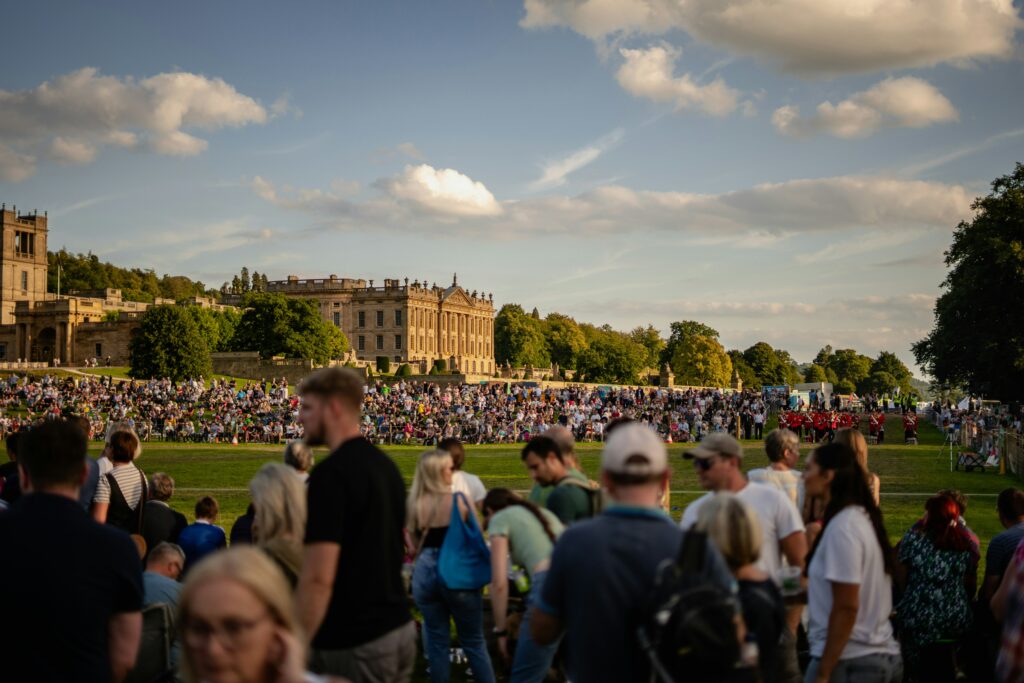
The making of Chatsworth house began in 1549 when the Leche family sold all their property in the area to Sir William Cavendish and his wife Bess of Hardwick. Bess began to build the new house in 1553, selecting a site near the river. Sir William died in 1557, but Bess finished the house in the 1560’s and lived there with her fourth husband. Chatsworth is home to the Devonshire family and has passed down through 16 generations.
Today, Chatsworth contains works of art that span 4,000 years, from ancient Roman and Egyptian sculpture and masterpieces by Rembrandt, Reynolds and Veronese. There are over 25 rooms to explore, from the magnificent painted hall, regal state rooms, restored sketch galleries and beautiful sculpture gallery.
Chatsworth House was built on sloping ground and the house was built in a quadrangle layout with a large central courtyard. The main entrance is on the west front, embellished with four towers, and the great hall is on the east side of the courtyard where the painted hall remains the focal point of the house to this day. The garden is beautiful and attracts about 300,000 visitors a year.
Blenheim Palace, Oxfordshire
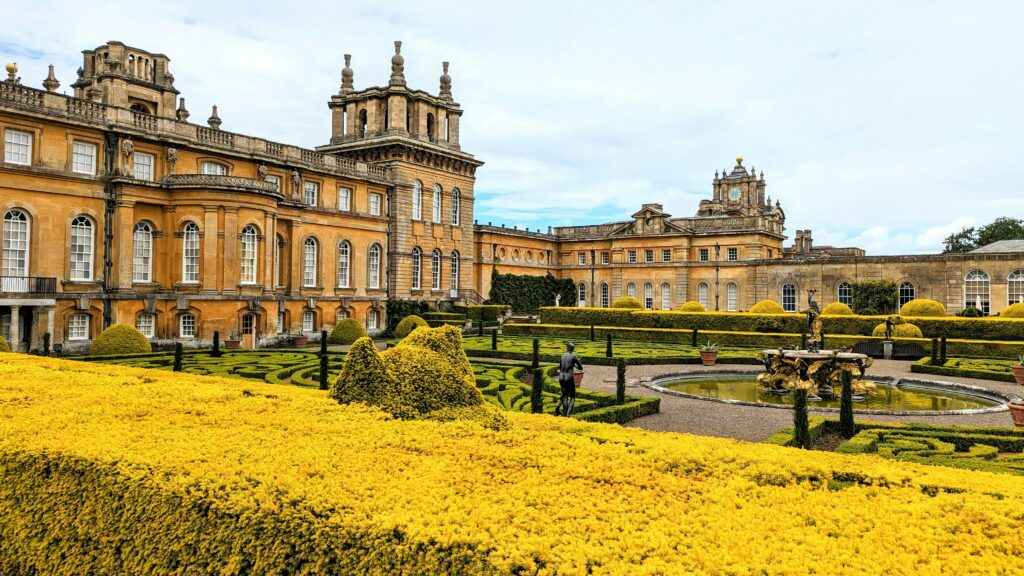
Named after the 1704 Battle of Blenheim, the land was given as a gift to John Churchill, Duke of Marlborough, for his victory at the battle of Blenheim. Construction began in 1705 with some financial support from Queen Anne and was completed in 1722. Blenheim Palace is the only non-royal and non-episcopal country house in England to hold the title of palace. It also has UNESCO World Heritage Site Status.
The palace today is still the historic seat of the Dukes of Marlborough and was also the childhood home of British Prime Minister Sir Winston Churchill. Blenheim was designed by architects Sir John Vanbrugh and Nicholas Hawksmoor and serves as one of the finest examples of Baroque architecture anywhere in England. Not only is the house beautiful but the gardens are as equally exquisite, with 2000 acres of parkland and 90 acres of formal gardens.
Osbourne House, Isle of Wight
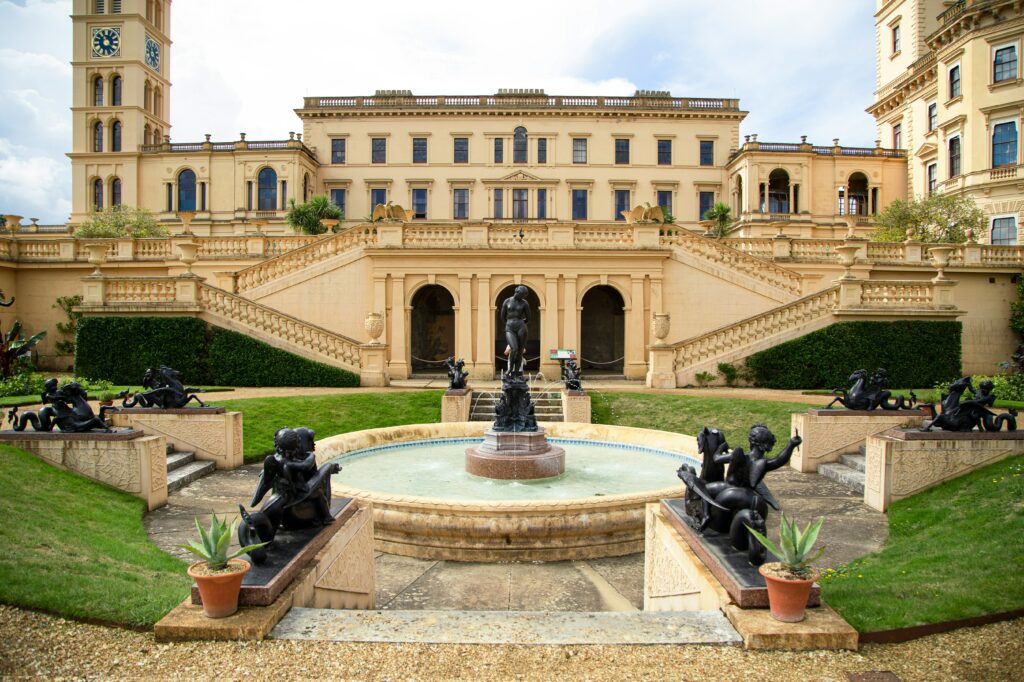
Once lived in by Queen Victoria and Prince Albert, Osbourne House was a seaside retreat from court life. The estate was bought by the royal couple in 1845 who then built a new mansion to spend as much time as possible there. They celebrated many birthdays here, and after Albert’s death in 1861, Victoria found solace there. She entertained kings and queens at the house as well as her own extensive family. You can visit the house today and can see Osbourne’s most private rooms, including the children’s nursey and the bedroom Victoria died in, in 1901. The house has an Italianate design now known as the Osborne style and was imitated throughout the British Empire. Albert was also heavily involved in the garden’s design and much of the planting today is to his designs.
Attingham Park, Shropshire
Attingham Park’s stately home is very popular among travellers due to its unique interiors and is taken care of by the National Trust. Attingham Hall and its parkland was owned by one family for more than 160 years, built in 1785 for the first Lord Berwick, replacing Tern Hall. George Steuart was inspired by French architecture when designing this grand house and inside is a vast collection of regency furniture, silver, paintings, porcelain and textiles. This autumn, the artist Julian Beever has created an optical illusion in the Entrance Hall. Using vinyl and acrylic paint his masterpiece is on display until the end of November, making any visit even more special.
Cliveden House, Berkshire
Cliveden House is one of National Trust’s most popular attractions, annually accepting more than 500,000 visitors. Acquired in 1666 by the 2nd Duke of Buckingham, George Villers, the estate first consisted of only 160 acres and two small lodges. Today it has housed a Prince of Wales, two dukes, an earl and the Viscounts Astor. The Victorian mansion inside is decorated with grand furniture and artwork and is paired beautifully outdoors with its gorgeous gardens and woodland.
Harewood House
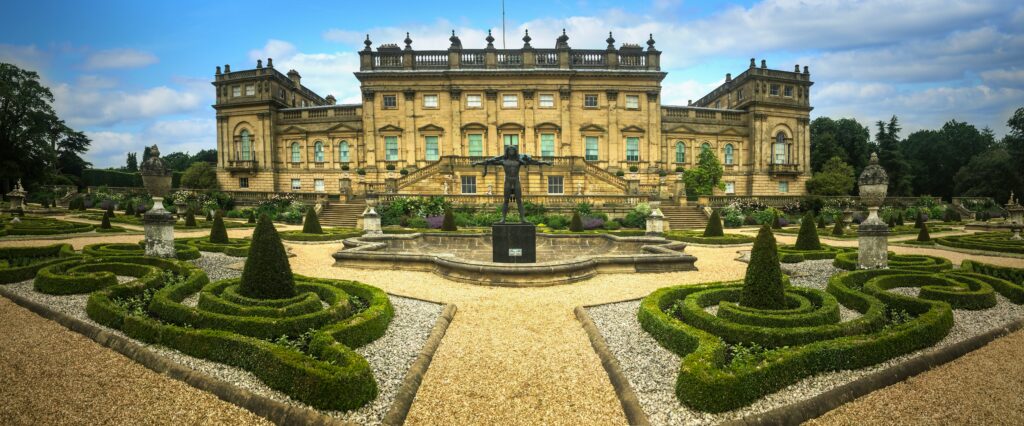
In West Yorkshire, stands the extraordinary Harewood House, built between 1759 and 1771 by Edwin Lascelles and designed by John Carr. The house sits within one of the most beautiful landscapes in England. The interiors are utterly magnificent and are recognised as one of the finest interiors by designer Robert Adam. The exterior of the building is what really makes this house impressive, and is unlike many other Georgian period houses.
Highclere Castle
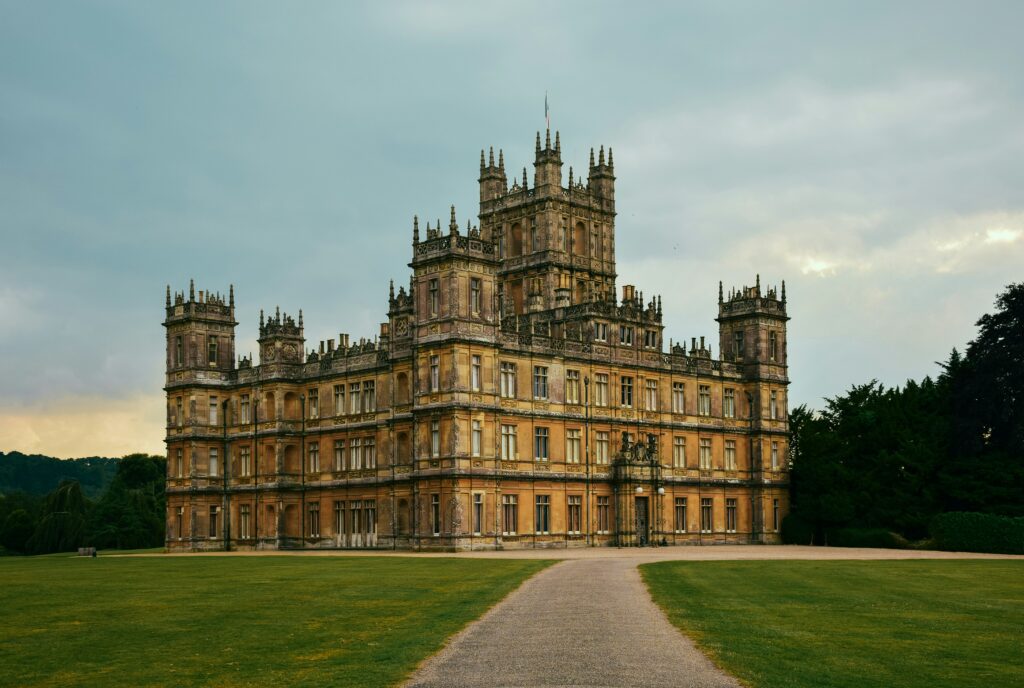
You may recognise this stately home from the popular television programme, Downton Abbey. Whilst the show is set in Yorkshire, you can actually find Highclere Castle in Hampshire. Within a grade 1 1000-acre estate, this architecturally spectacular house has a long history. The castle dates to Anglo Saxon times, however the structure we see today was built in 1679 after being purchased by Robert Sawyer. Its beauty is all from the architect Sir John Barry, who was also responsible for designing the Houses of Parliament. Like most of the houses on this list, the castle is paired with luxurious grounds featuring six 18th century follies and temples.
Longleat House
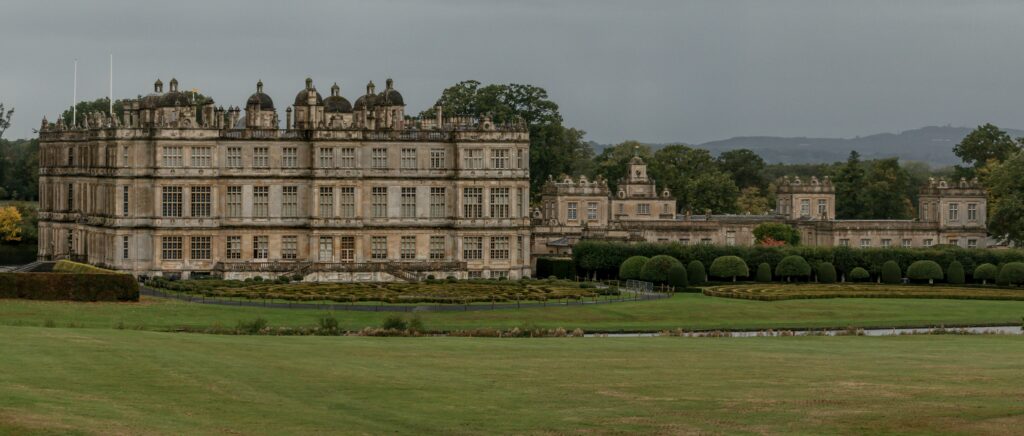
Longleat House was designed by one of the most celebrated architects of his time, Robert Smythson, between 1568 and 1580. He created this beautiful Elizabethan period home situated close to Warminster. Built by Sir John Thynn, the house allegedly was the first to be built with the sole intention of ‘wooing’ the monarch. This exceptional house is considered one of the finest examples of Elizabethan architecture and sits within 900 acres of landscaped parkland. Today Longleat is famously known for the first safari park outside of Africa. The house is still home to the same family since its inception 450 years ago, now home to the 7th Marquis of Bath.
Castle Howard
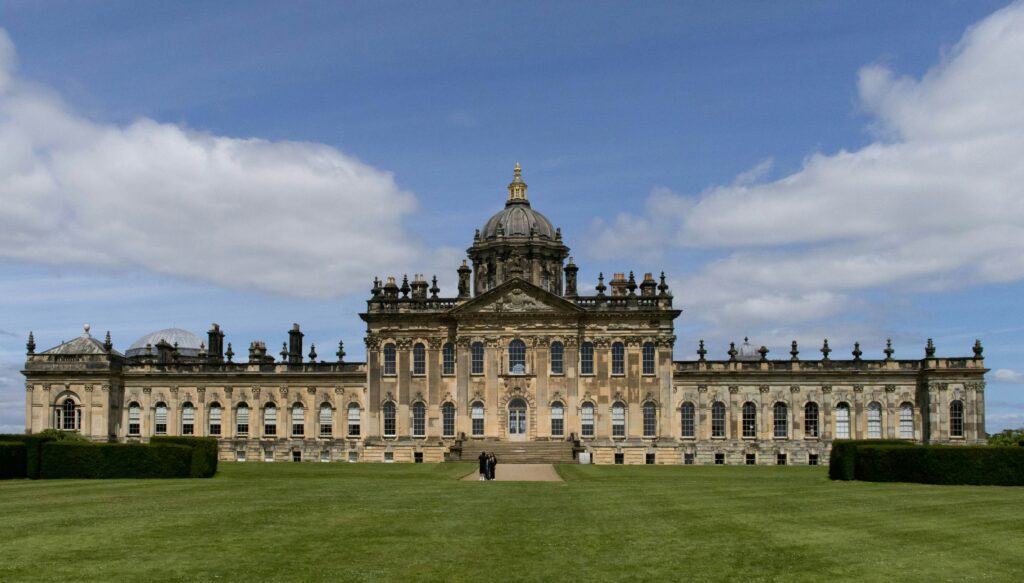
This vast structure is the magnificent Castle Howard. Although building began in 1699 it was not complete until over 100 years later, spanning the lifetime of three earls. Unfortunately, on the morning of 9th November 1940, a fire broke out, destroying rooms in the basement, lower and upper levels and the dome which collapsed into the Great Hall. George Howard and Lady Cecilla were able to restore their family home and created the heritage attraction it is today. The dome was rebuilt in the early 1960’s and the garden hall in the 1980’s. Today, Castle Howard is one of the largest and most iconic stately homes in the UK and has been in the Howard Family for over 300 years. The house was John Vanbrugh’s first commission and was heavily inspired by the Baroque style. It only took 10 years to build but it was at least 100 years until the house was considered finished. Castle Howard is in the middle of a 9000-acre estate, which is also home to parkland, farmland, temples, monuments, and mock castle walls. What really draws people to this country home is its extravagant architecture and interiors, the great hall for example is considered one of the most glorious indoor spaces in the UK.
Wentworth Woodhouse
With over 300 rooms and 87 acres of land, this house, which is one of the biggest homes in Europe, is truly a sight to behold. Wentworth Woodhouse was built for the 1st Marquis of Rockingham in 1725, taking four decades to complete and then passed to the Fitzwilliam family. The house is situated in Rotherham in South Yorkshire and is surrounded by parkland, a deer park and lakes. No one knows what the original house looked like, though the current house does hold clues to its earlier life as a Jacobean house. When built it was considered the first great Palladian house in England. Inside this colossal home is some of the finest Georgian period interiors with at least 365 rooms. The house is currently undergoing a restoration that once completed will possibly create one of the finest country houses open to public in the world.








